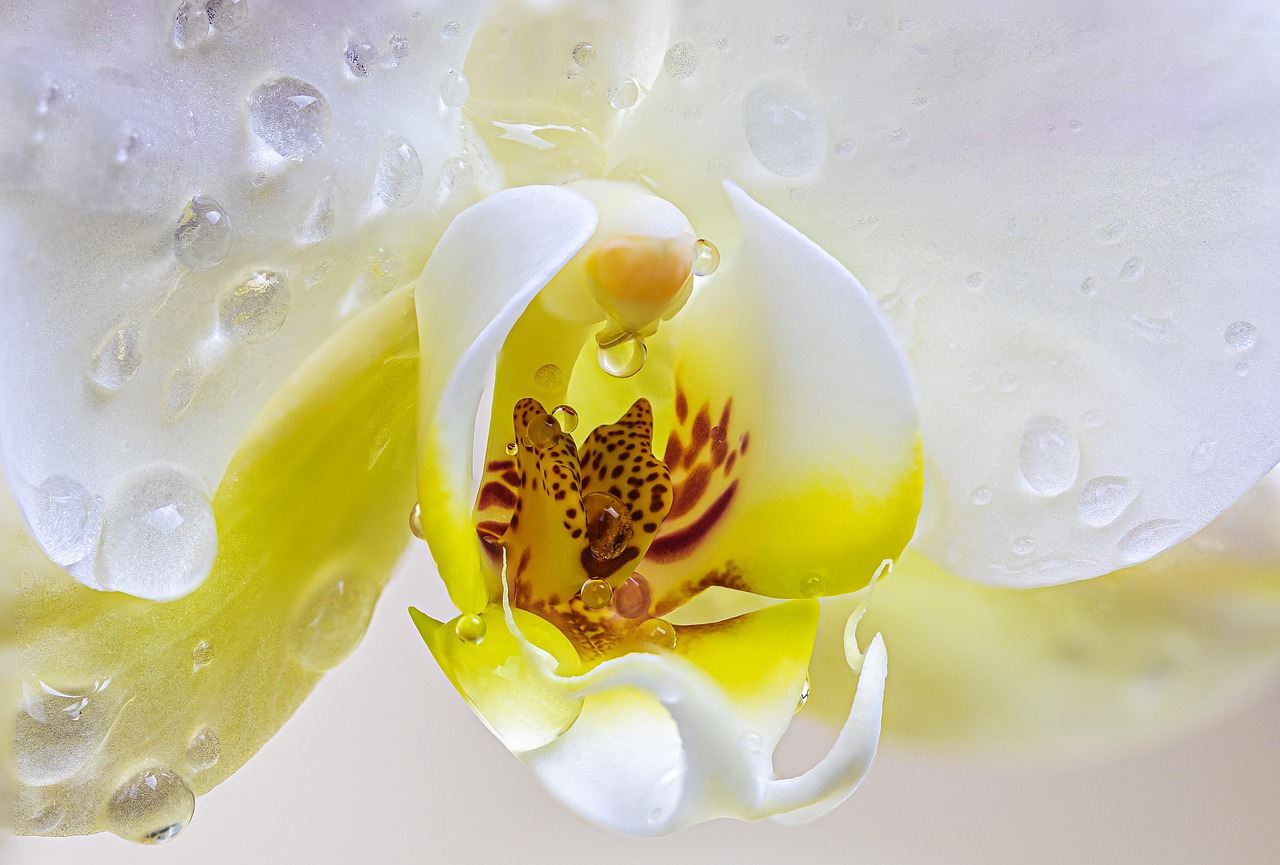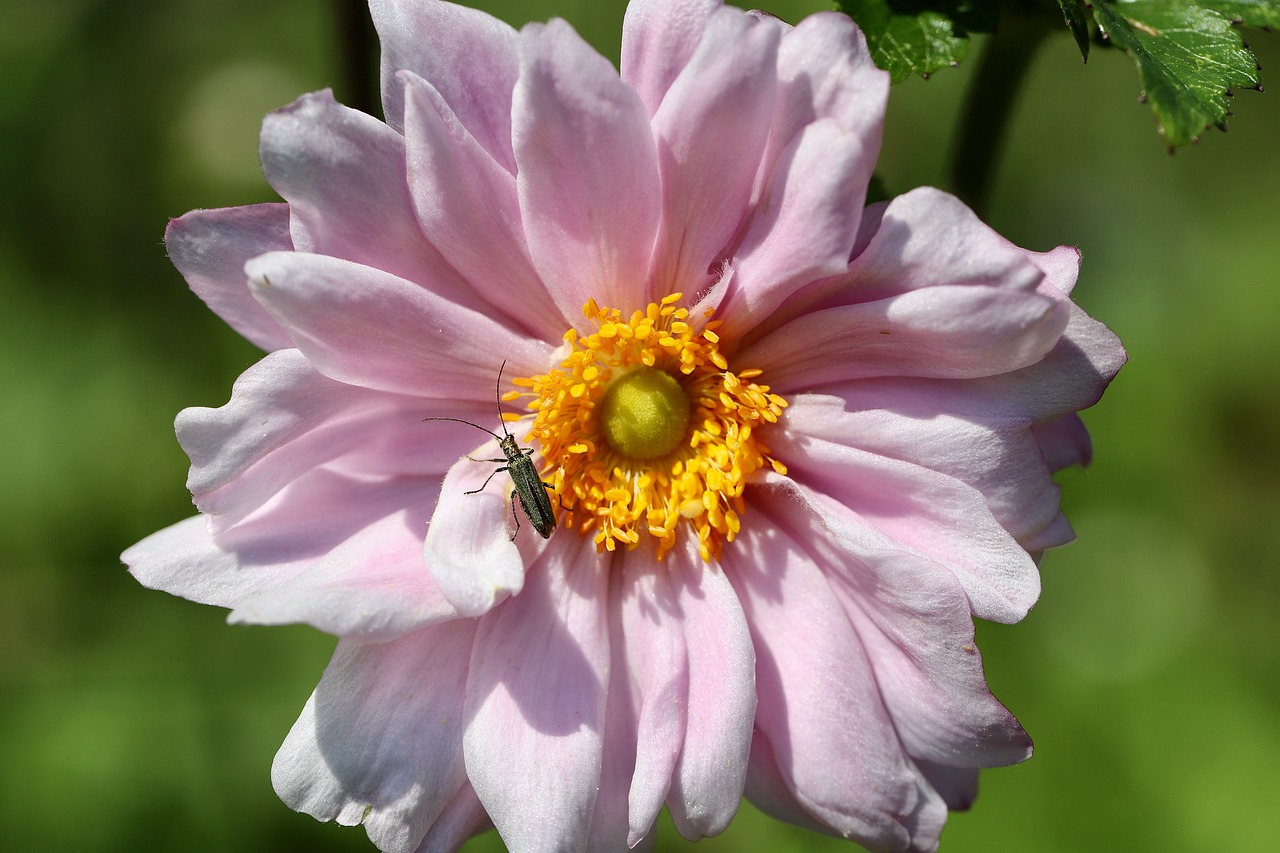
How to Make a Flower Game or Puzzle for Your Entertainment
Are you looking for a creative and entertaining activity to enjoy in your free time? Why not try making a flower game or puzzle? In this article, we will show you how to design and assemble your very own flower-themed game or puzzle.
Creating a flower game or puzzle can be a fun and interactive way to engage yourself and others. Whether you are a fan of jigsaw puzzles or memory games, there are various options available to suit your preferences. By following the steps outlined in this article, you will be able to bring your design to life and enjoy hours of entertainment.
Choosing the Game or Puzzle Type
When it comes to creating a flower-themed game or puzzle, the first step is to choose the type of game or puzzle you want to create. There are various options available, each offering a unique and entertaining experience. Let’s explore some of the different types of games or puzzles that can be created with a flower theme:
- Jigsaw Puzzles: Jigsaw puzzles are a classic choice for puzzle enthusiasts. You can create a beautiful flower image and divide it into pieces for players to assemble.
- Memory Games: Memory games are a great way to challenge your cognitive skills. Create a deck of cards featuring different flowers and have players match the pairs.
- Word Search: Word search puzzles are a fun way to test your vocabulary. Create a flower-themed word search and challenge players to find hidden flower-related words.
- Crossword Puzzles: Crossword puzzles combine wordplay and problem-solving. Design a crossword puzzle with flower-related clues and solutions.
- Maze Games: Mazes can be both exciting and challenging. Create a flower-themed maze and challenge players to find their way to the center.
These are just a few examples of the game and puzzle types you can create with a flower theme. Consider your preferences and the level of difficulty you want to offer. Choose the game or puzzle type that appeals to you the most and suits your entertainment needs. Let your creativity bloom and have fun designing your flower-themed game or puzzle!
Gathering Materials and Tools
Gathering the right materials and tools is essential when creating your flower game or puzzle. Here is a list of items you will need to bring your design to life:
- Paper: Choose a sturdy type of paper that can withstand the game or puzzle assembly process.
- Scissors: Invest in a good pair of scissors that can cut through the paper smoothly and accurately.
- Markers or colored pencils: Use vibrant and contrasting colors to make your flower elements visually appealing.
- Glue or adhesive: Select a glue or adhesive that is strong enough to hold the elements together but also allows for easy repositioning if needed.
- Ruler: A ruler will help you measure and cut the paper accurately.
- Optional: Decorative elements such as stickers, ribbons, or glitter to add extra flair to your flowers.
Make sure you have all these materials on hand before starting your project. It’s important to be prepared and have everything you need to avoid interruptions and ensure a smooth creative process. Once you have gathered all the materials and tools, you’ll be ready to move on to the next step: designing the flower elements.
Designing the Flower Elements
When it comes to creating a flower-themed game or puzzle, the design of the flower elements plays a crucial role in capturing the attention of players. This section will guide you through the process of designing visually appealing flowers that will enhance the overall aesthetic of your game or puzzle.
One of the key aspects of designing flower elements is drawing flower shapes. Whether you prefer simple or intricate designs, take your time to sketch out different flower shapes on paper. Experiment with various petal arrangements and sizes to create unique and eye-catching flowers.
In addition to drawing flower shapes, you can also explore the option of creating floral patterns. This involves repeating a specific flower design or motif to form a cohesive pattern. Consider using markers or colored pencils to add vibrant colors to your floral patterns, making them visually striking.
To further enhance the design of your flower elements, you can incorporate additional details such as stems, leaves, and even textures. These details add depth and realism to your flowers, making them more captivating for players.
Remember, the goal is to create visually appealing flowers that will engage and delight players. Experiment with different design techniques and let your creativity blossom as you bring your flower elements to life.
Choosing Colors and Patterns
When it comes to creating a flower game or puzzle, choosing the right colors and patterns is crucial to make it visually appealing and captivating. By exploring different color schemes and patterns, you can enhance the overall attractiveness of your creation.
One option is to use vibrant and bold colors for your flower elements. These colors can create a sense of excitement and energy, making your game or puzzle stand out. Think about using shades of red, orange, and yellow to represent vibrant flowers like roses and sunflowers.
On the other hand, if you prefer a more subtle and calming aesthetic, pastel shades can be a great choice. Soft pinks, blues, and purples can create a soothing atmosphere and give your game or puzzle a delicate and elegant look. These colors are often associated with flowers like cherry blossoms and lavender.
In addition to colors, patterns can also play a significant role in enhancing the visual experience. Consider incorporating floral patterns into your design to further reinforce the flower theme. These patterns can add depth and intricacy to your game or puzzle, making it more visually interesting.
Remember, the choice of colors and patterns should align with the overall theme and purpose of your game or puzzle. Experiment with different combinations and see which ones create the most captivating visual experience for you and your players.
Adding Details and Decorations
When it comes to creating a flower game or puzzle, adding intricate details and decorations to your flower elements can make them truly stand out. Here are some creative ways to enhance the visual appeal of your flowers:
- Add petals and leaves: Use colorful paper or fabric to cut out petals and leaves and attach them to your flower elements. This will give them a more realistic and three-dimensional look.
- Incorporate textures: Experiment with different materials like felt, ribbon, or textured paper to add interesting textures to your flowers. This will add depth and tactile appeal to your game or puzzle.
- Embellish with beads or sequins: Add a touch of sparkle and glamour to your flowers by attaching small beads or sequins. This will make them eye-catching and add a touch of elegance.
Remember, the key is to be creative and have fun with the details and decorations. Don’t be afraid to experiment and try different techniques to make your flowers truly unique and captivating.
Assembling the Game or Puzzle
Now that you have designed all the flower elements for your game or puzzle, it’s time to assemble them and bring your creation to life. Follow these step-by-step instructions to ensure a smooth and successful assembly process.
1. Start by cutting out all the flower elements that you have designed. Use scissors to carefully cut along the outlines of each flower shape. Take your time and make sure to cut precisely for a neat and professional-looking result.
2. Once you have all the flower elements cut out, it’s time to arrange them in a cohesive manner. Lay out all the pieces on a flat surface and experiment with different arrangements until you find the one that you like the most. You can create a pattern, a specific shape, or simply scatter the flowers randomly.
3. After deciding on the arrangement, use glue or tape to secure the flower elements in place. Apply a small amount of adhesive to the back of each piece and press it firmly onto the surface where you want it to be positioned. Make sure to hold it in place for a few seconds to allow the adhesive to bond.
4. As you assemble the flower game or puzzle, pay attention to the overall balance and composition. Ensure that the elements are evenly distributed and that the colors and patterns complement each other. This will create a visually appealing result that will enhance the enjoyment of playing the game or solving the puzzle.
5. Once all the flower elements are securely attached, let the adhesive dry completely. This will ensure that the pieces stay in place and withstand the handling during gameplay. Depending on the type of adhesive you use, drying times may vary, so refer to the instructions on the adhesive packaging.
By following these step-by-step instructions, you will be able to assemble your flower game or puzzle with ease. Remember to take your time and enjoy the process of bringing your design to life. Once the assembly is complete, you can move on to the next exciting step: testing and playing the game or puzzle.
Testing and Playing the Game or Puzzle
Once you have designed and assembled your flower game or puzzle, it’s time to test it and have some fun! Testing your creation is essential to ensure that it functions properly and provides an enjoyable experience for players of all ages. In this section, we will guide you through the process of testing and playing your flower game or puzzle.
First, gather a group of friends or family members who are willing to be your test players. This will allow you to observe how they interact with the game or puzzle and identify any areas that may need improvement. As they play, take note of any difficulties they encounter, such as confusing instructions or pieces that don’t fit together correctly.
To test the functionality of your game or puzzle, follow these steps:
- Ensure that all the pieces are present and in good condition.
- Check that the game or puzzle is easy to understand and follow.
- Verify that the game or puzzle can be completed within a reasonable amount of time.
- Observe the players’ reactions and ask for feedback on their overall experience.
If any issues arise during the testing phase, make note of them and consider making necessary adjustments or improvements. This could involve clarifying instructions, modifying the difficulty level, or addressing any technical glitches.
Once you are satisfied with the functionality of your flower game or puzzle, it’s time to enjoy playing it! Invite your friends, family, or even organize a game night with your loved ones. Watch as they engage with your creation and have a great time.
Remember, the purpose of testing and playing your flower game or puzzle is to ensure that it provides an enjoyable experience for everyone involved. So, sit back, relax, and have fun!
Creating Rules and Challenges
When it comes to creating a flower game or puzzle, adding rules and challenges can elevate the experience to a whole new level of excitement. By setting clear guidelines and objectives, you can make your creation more engaging and enjoyable for players. Here are some tips on how to create rules and challenges for your flower game or puzzle:
- Set a Time Limit: Adding a time limit to your game or puzzle can create a sense of urgency and challenge for players. It adds an element of competition as players try to complete the game or puzzle within the given timeframe.
- Create Specific Objectives: Define specific objectives that players need to achieve in order to win the game or solve the puzzle. This can include finding hidden flowers, matching specific patterns, or arranging the flower elements in a certain order.
- Introduce Difficulty Levels: Consider adding different difficulty levels to cater to players of varying skill levels. This allows beginners to enjoy the game or puzzle without feeling overwhelmed, while providing a more challenging experience for advanced players.
- Incorporate Rewards and Penalties: To make the game or puzzle more exciting, you can introduce rewards for completing certain tasks or penalties for making mistakes. Rewards can include bonus points, extra hints, or unlocking new levels, while penalties can include time deductions or limited attempts.
By implementing these rules and challenges, you can create a captivating and immersive experience for players of your flower game or puzzle. Remember to strike a balance between difficulty and enjoyment to ensure that players are engaged and motivated throughout the game or puzzle.
Customizing and Personalizing
When it comes to customizing and personalizing your flower game or puzzle, the possibilities are endless. This section will explore various ways to make your creation truly one-of-a-kind and add a personal touch.
One way to customize your flower game or puzzle is by adding names or messages. You can incorporate the names of your loved ones or special messages that hold meaning to you. This not only adds a personal touch but also makes the game or puzzle more meaningful.
Another way to personalize your creation is by incorporating unique elements. You can use different materials such as fabric or beads to add texture and depth to your flower elements. Additionally, you can experiment with different shapes and sizes to create a visually stunning game or puzzle.
Don’t be afraid to let your creativity shine and think outside the box. The goal is to create a flower game or puzzle that reflects your personality and style. By customizing and personalizing your creation, you can make it truly special and memorable.
Frequently Asked Questions
- Can I use any type of flower for my game or puzzle?
Yes, you can use any type of flower for your game or puzzle. Whether it’s roses, daisies, or sunflowers, the choice is entirely up to you. Just make sure to select flowers that are visually appealing and can be easily recognized.
- Do I need any special skills or knowledge to create a flower game or puzzle?
No, you don’t need any special skills or knowledge to create a flower game or puzzle. This article will guide you through the process step-by-step, providing tips and techniques along the way. It’s a fun and creative project that anyone can enjoy, regardless of their experience level.
- What materials and tools do I need to create a flower game or puzzle?
To create a flower game or puzzle, you will need materials such as paper, scissors, markers, glue, and any other decorative items you want to add. Additionally, you may also need a ruler or a template to ensure precise measurements. The specific materials and tools required will depend on the type of game or puzzle you choose to create.
- Can I customize and personalize my flower game or puzzle?
Absolutely! You can customize and personalize your flower game or puzzle in various ways. You can add names or messages, incorporate unique elements, or even create special rules and challenges. Let your creativity flow and make your creation truly one-of-a-kind.
- How can I test and play my flower game or puzzle?
Once you have assembled your flower game or puzzle, you can test it by ensuring that all the pieces fit together correctly and that the game functions smoothly. To play the game, follow the rules and objectives you have set. Invite others to join in the fun and see how they enjoy your creation.



